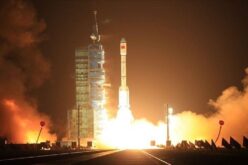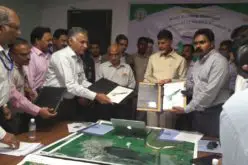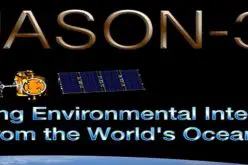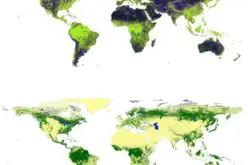GovTech, Bhutan’s government technology agency focused on driving digital innovation and space technology, is spearheading its third satellite project with the goal of developing a cost-effective and rapidly built satellite using lean satellite development principles.
This new project marks a shift from the previous INS-2B satellite, which was designed by the Indian Space Research Organisation (ISRO), as the new satellite will be assembled using commercially available components. The satellite is expected to be completed by late 2025 or early 2026.
The primary objective of this satellite is to capture high-resolution images of Bhutan for remote sensing applications. These images will support various government agencies in sectors such as agriculture, forestry, land use, and resource monitoring. Bhutanese agencies, including the National Land Commission and the Ministry of Agriculture and Livestock, will benefit from the data, enabling more informed decision-making in areas such as snow cover and landslide monitoring.
Also Read – India Signed Arrangement on the Joint Development of a Small Satellite for Bhutan
In addition to its operational goals, the project serves as a critical educational initiative for Bhutanese engineers and students. GovTech is working closely with students from the College of Science and Technology (CST) and Jigme Namgyel Engineering College (JNEC), providing them with valuable hands-on experience in satellite development. CST students will collect weather data using ground terminals in remote areas, while JNEC students will gather magnetic field and radiation data to deepen their understanding of the space environment.
An official from GovTech stated that the satellite’s payload will include a camera capable of capturing images with a resolution of five meters. This high-resolution imagery will be instrumental for Bhutan’s efforts in monitoring land use, environmental changes, and infrastructure.
The satellite is expected to have an orbital lifespan of one to two years, influenced by the current solar maximum, which may reduce its operational period. Nonetheless, the project represents a significant advancement for Bhutan’s space capabilities, as it will be the first satellite assembled under the GovTech agency. The earlier two satellites, including INS-2B, were launched by the former Department of Information Technology and Telecom under the Ministry of Information and Communications.
With a team of around ten engineers from GovTech collaborating with students from CST and JNEC, the project not only aims to enhance Bhutan’s Earth observation capabilities but also to foster a new generation of space engineers within the country.
Source: Kuensel











